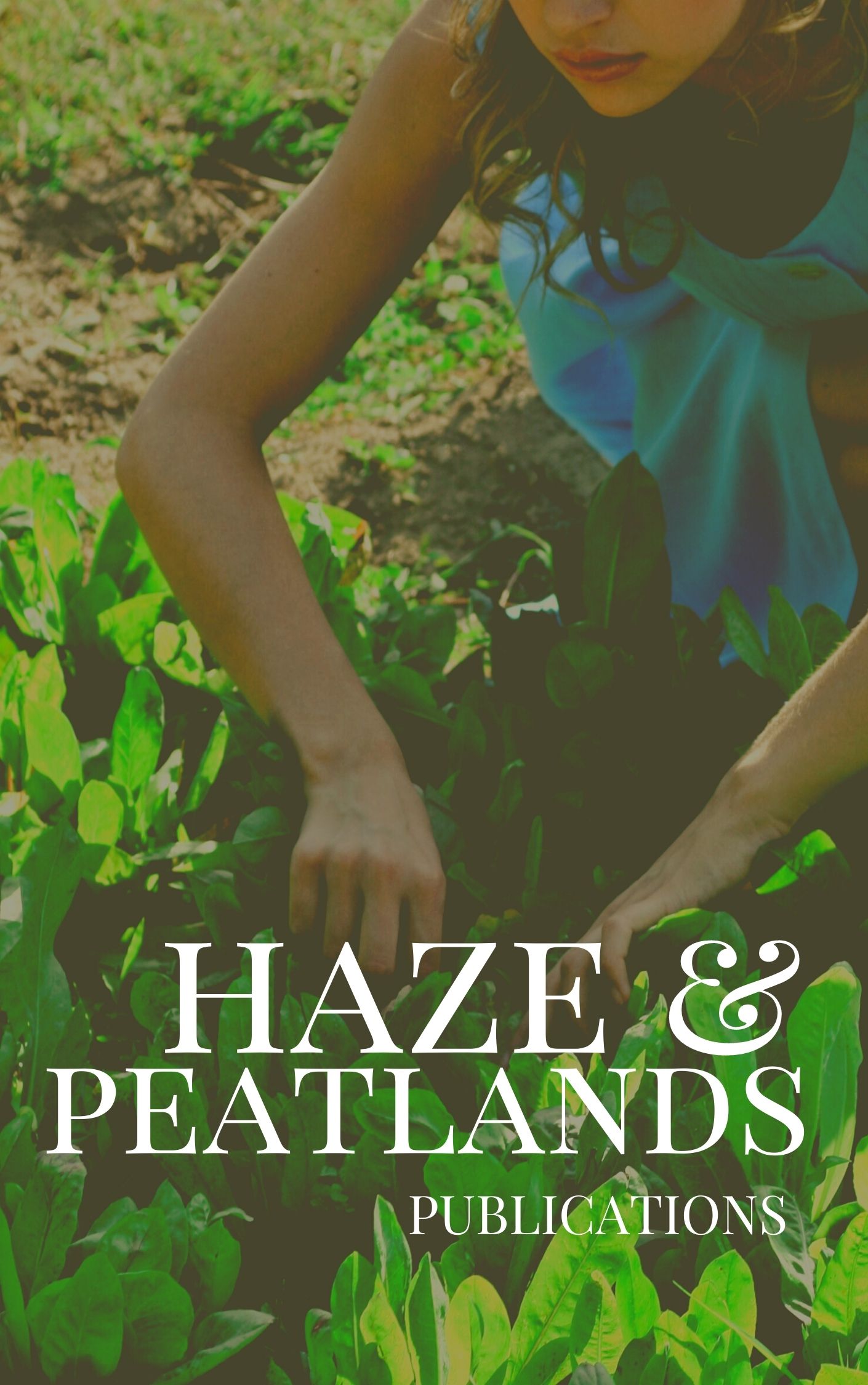Oil palm is an important plantation commodity in Indonesia. Oil palm cultivation in Indonesia is always associated with global warming because some of its plantation's areas are on peatlands and its management not yet environmentally friendly. A serious problem of oil palm cultivation on peatlands is the basal stem rot disease caused by the Ganoderma fungi. There is no effective method to control this disease. Biological control is an alternative method that is environmentally friendly and is the focus of current development, however, in peatland, its development was limited by the lack of information about the influence of peat environmental factors. This study aims to determine the effect of indigenous vegetation on the biological control of Ganoderma on oil palm on peat soil. The research has been conducted by examining the effect of 4 species of peat indigenous plants on the effectiveness of Ganoderma biological control on peat soil in the experimental garden. The results showed that the presence of peat indigenous plants affected the effectiveness of Ganoderma control in oil palm on West Kalimantan peat soils. The single indigenous plant Nephrolepis biserrata was able to reduce the intensity of the disease. However, the use of mixed indigenous plants N. biserrata, Asystasia intrusa, Melastoma affine, and Stenochlaena palustris actually increased the intensity of the disease. These results indicate that the management of existing peat indigenous vegetations around oil palm plantations can help reduce the Ganoderma attacks on oil palm on peat soils.
View source

